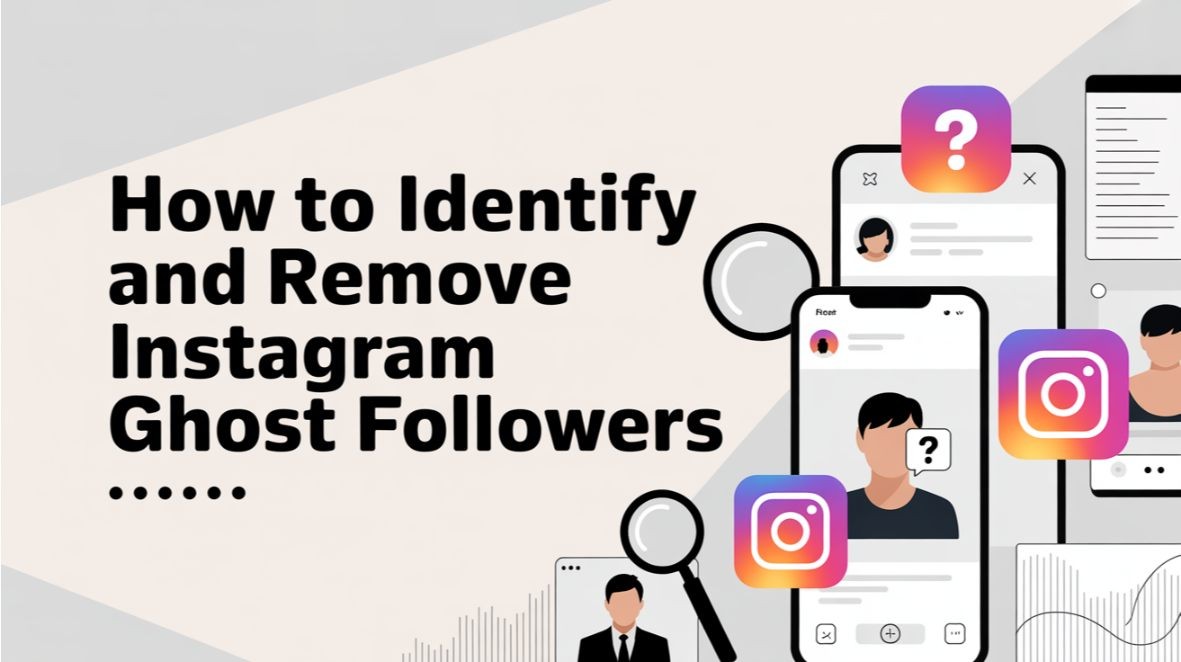How can a powerful Landing Page Design lead to higher conversion?

When it comes to digital marketing, a well-designed landing page can make all the difference in achieving higher conversion rates. A landing page serves as a crucial touchpoint where potential customers land after clicking on a specific call-to-action (CTA), such as an ad or email link. It is the gateway to capturing their attention, driving engagement, and ultimately persuading them to take the desired action, such as making a purchase, signing up for a newsletter, or filling out a form. In this blog, we'll explore how a powerful landing page design can lead to higher conversion rates for your business.
1) Clear and Compelling Call-to-Action:
A powerful landing page design starts with a clear and compelling call to action. Your CTA should be prominently displayed and communicate the desired action clearly to visitors. Use action-oriented language that creates a sense of urgency or highlights the value they will receive by taking the action. Design elements such as buttons or forms should be visually distinct and easy to locate, guiding visitors toward the desired conversion.
2) Consistency with Ad Campaigns:
When visitors land on your landing page, they should experience a seamless transition from the ad or promotional material that brought them there. Maintaining visual consistency in terms of colors, fonts, and overall branding helps build trust and reassure visitors that they have landed in the right place. A cohesive design between your ads and the landing page creates a sense of familiarity and reinforces the message you conveyed in your marketing materials.
3) Minimalistic and Clear Design:
A cluttered or visually overwhelming landing page can be distracting and off-putting to visitors. Adopting a minimalistic design approach with ample white space allows your content and key elements to stand out. Use clear headings, subheadings, and bullet points to organize information and make it easily scannable. Break up text with visuals, such as images or videos, to provide a visual break and engage visitors.
4) Compelling Headline and Engaging Content:
A powerful landing page design incorporates a compelling headline that grabs visitors' attention and entices them to explore further. The headline should clearly communicate the value proposition or offer that you are presenting. Beyond the headline, the content on your landing page development should be concise, persuasive, and focused on addressing visitors' pain points or desires. Highlight the key benefits of your product or service and use persuasive language to drive engagement.
5) Visual Elements and Imagery:
Visual elements play a crucial role in capturing visitors' attention and conveying your message effectively. Use high-quality images, videos, or graphics that are relevant to your offering and support your value proposition. Visuals can help evoke emotions, demonstrate product features, or showcase the results customers can expect. Make sure the visuals are optimized for fast loading times to prevent any delays that might deter visitors.
6) Mobile-Optimized Design:
In today's mobile-centric world, it's essential to have a landing page design that is fully optimized for mobile devices. A significant portion of your traffic will come from mobile users, and if your landing page is not mobile-friendly, you risk losing potential customers. Ensure that your web design is responsive, with elements that adapt to different screen sizes and load quickly on mobile devices. Simplify forms and minimize scrolling to provide a seamless mobile experience.
7) Trust-Building Elements:
To increase conversion rates, it's crucial to build trust with your visitors. Incorporate trust-building elements into your landing page design to alleviate any concerns or doubts potential customers may have. This can include testimonials, reviews, security badges, certifications, or guarantees that showcase your credibility. Highlight any awards, media mentions, or social proof that reinforces the trustworthiness of your brand.
8) Clear Navigation and Streamlined User Experience:
A powerful landing page design should provide a streamlined user experience with clear navigation. Avoid distracting visitors with excessive navigation menus or links that could lead them away from the main conversion goal. Keep the focus on the intended action and remove any unnecessary elements or distractions. A simplified user experience guides visitors seamlessly through the conversion process, reducing friction and increasing the chances of conversion.
9) Analyzing and Tracking Performance:
Finally, to truly understand the impact of your landing page design on conversion rates, it's crucial to analyze and track its performance. Utilize web analytics tools to measure key metrics such as bounce rate, time on page, click-through rate, and conversion rate. By monitoring these metrics, you can identify areas for improvement, spot any usability issues, and refine your design strategy for optimal results.
Conclusion
A powerful landing page design is a critical component of a successful digital marketing strategy. By adopting clear and compelling CTAs, maintaining consistency with ad campaigns, employing minimalistic and clear design principles, and incorporating trust-building elements, you can create a persuasive and engaging landing page that drives higher conversion rates. Continuously optimize your design through A/B testing, monitor performance metrics, and refine your approach to ensure ongoing improvement and success in capturing visitors' attention and driving them toward conversion.
Related Blog
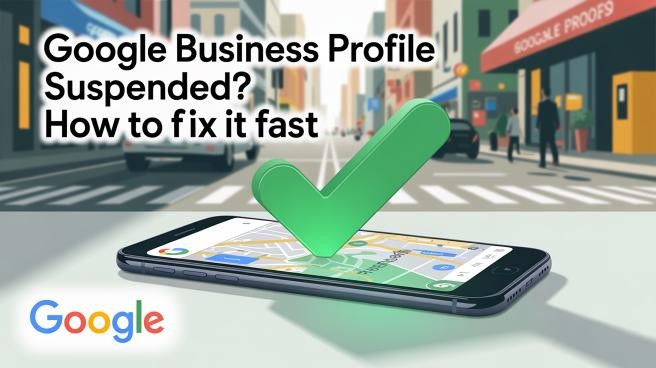
Google Business Profile Suspended? How to Fix It Fast
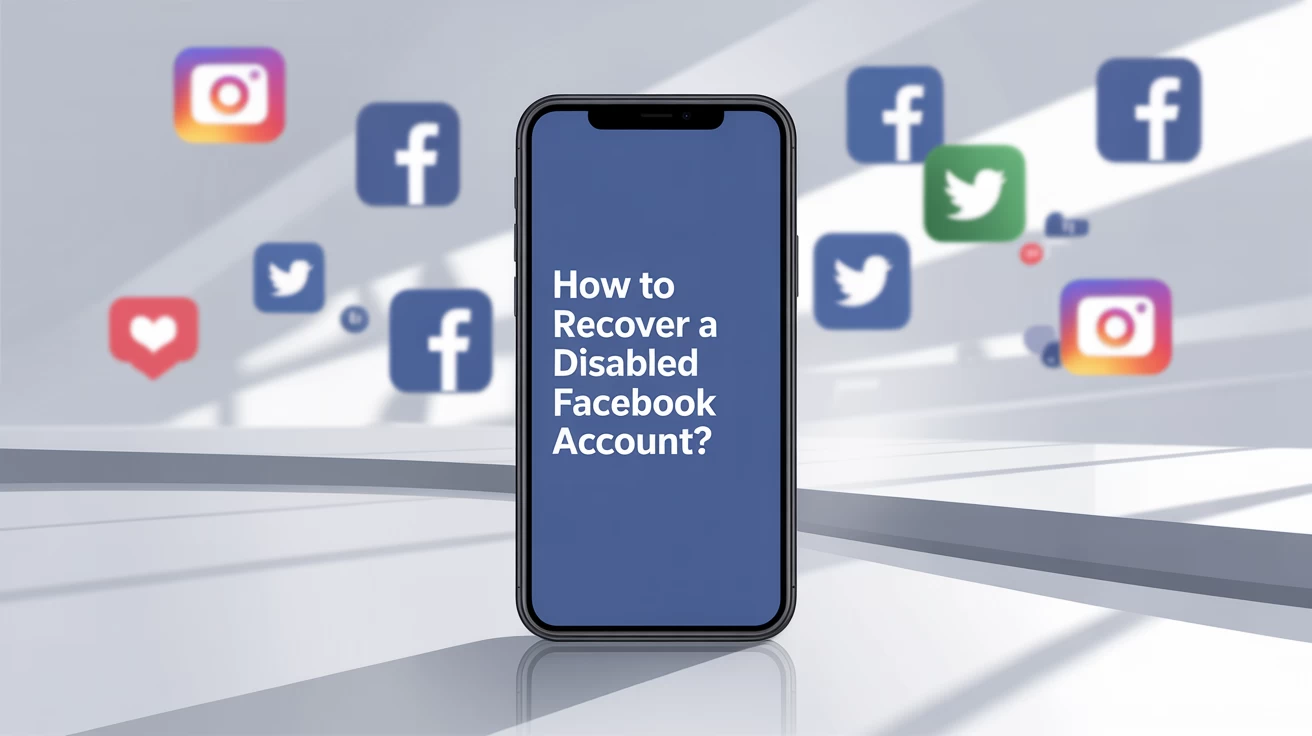
How to Recover a Disabled Facebook Account?

What to Do If Your Facebook Account Is Hacked and Your Email Is Changed

LinkedIn Shadow Ban: How to Avoid and Fix it

How to Recover a Hacked WordPress Website

How to start an IT company in Dubai

Best Ethical Hacking Companies in Dubai

Webflow vs WordPress Which is Better for Website Design?

20 Tips for Effective LinkedIn Marketing in Dubai

Top 10 Software Development Companies in Dubai


What is the Software Development required for Creating Payment Gateways?

How does Google treat AI Content in SEO?

How to create a proper content distribution strategy

How can Brand agencies bring success to B2B Business in the UAE?

Maximize Sales with e-commerce Advertising Strategies

Schema Markup for SEO: Boost Your SERP Visibility with Structured Data

FIVE STRATEGIES TO INCREASE YOUR BRAND LOYALTY
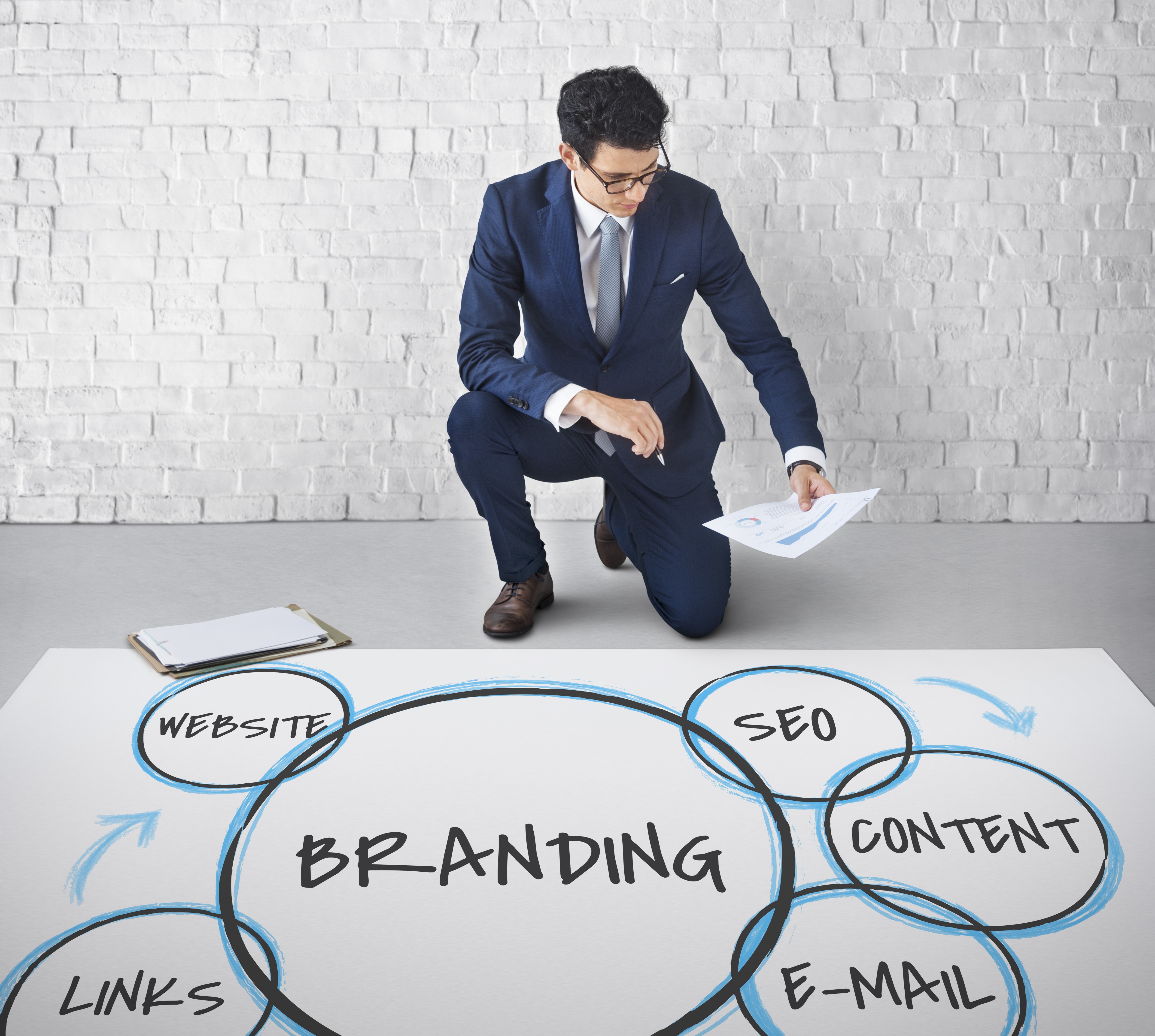
What are the Branding Strategies for a Small Business in the UAE?

How can digital marketing be useful for small businesses?

What are the Things to Consider for Hiring Creative Agencies?

What are the different ways to protect the website from unethical hacking?

What are the mistakes to avoid while customizing a WordPress website?

Why is Website Maintenance important for your Business?

Trends of Future Creative Agencies in UAE

How can AI transform digital marketing in the UAE?
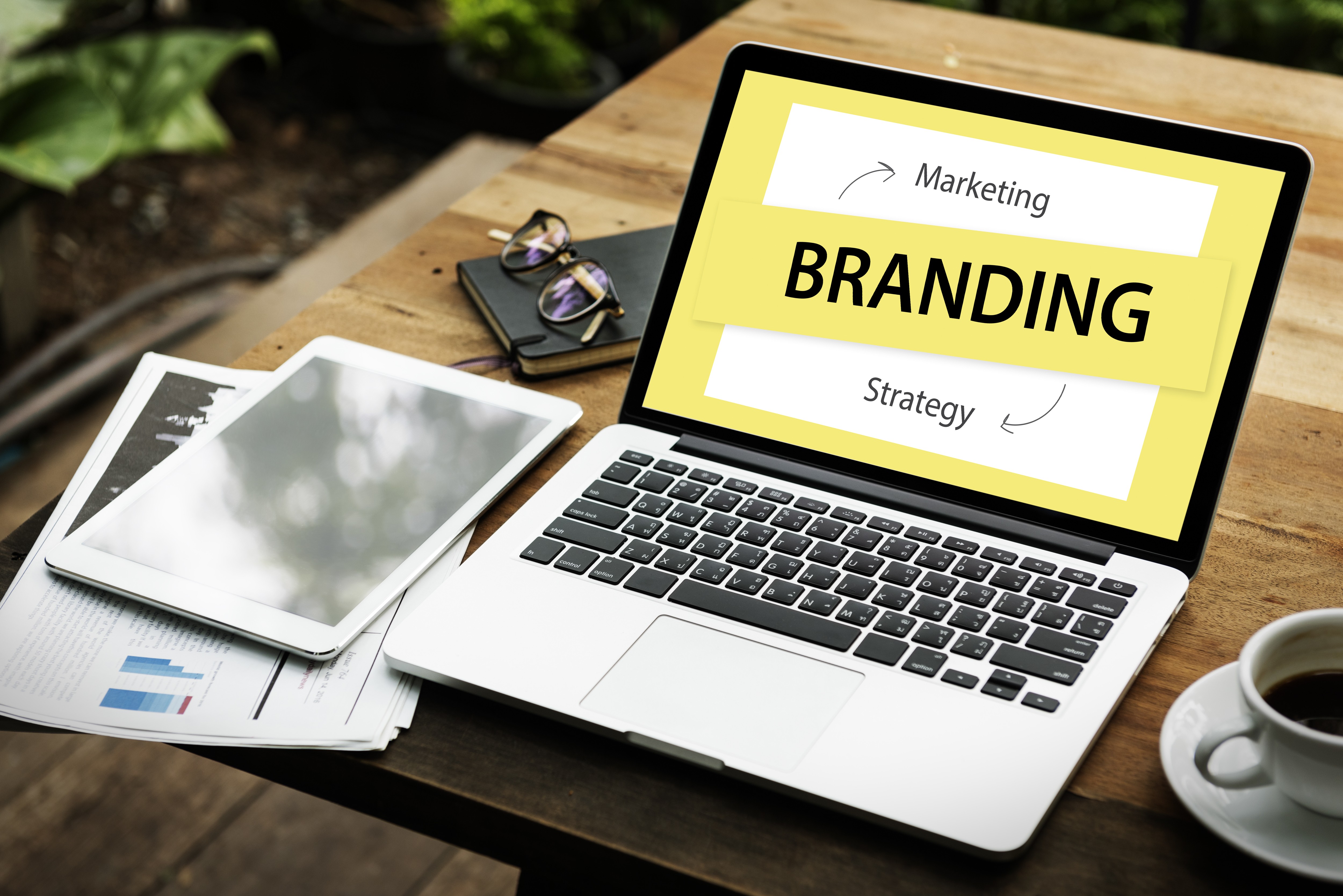


Checklist to build a winning e-commerce website


WHAT ARE THE SUCCESSFUL ELEMENTS REQUIRED FOR BRANDING A WEBSITE IN UAE?
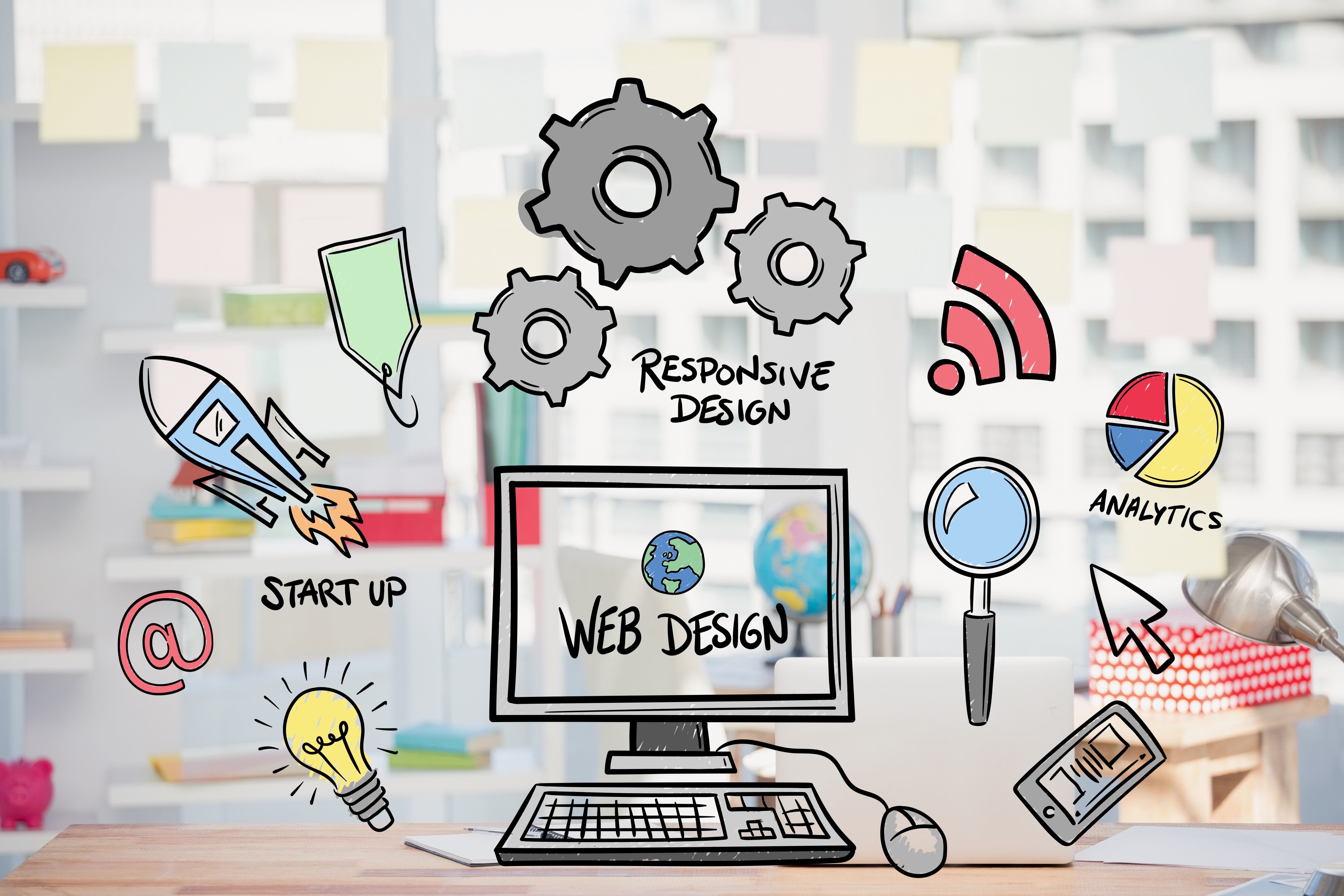
What are the best web designing tools that can renovate your site?

What are the web designing strategies that can improve the SEO ranking?

How social media impacts the promotion of the business in the Future?

What is the SEO checklist involved in content writing?

Top Ten Mobile App Development Companies in UAE

How do we choose the best brand name for the business in UAE?
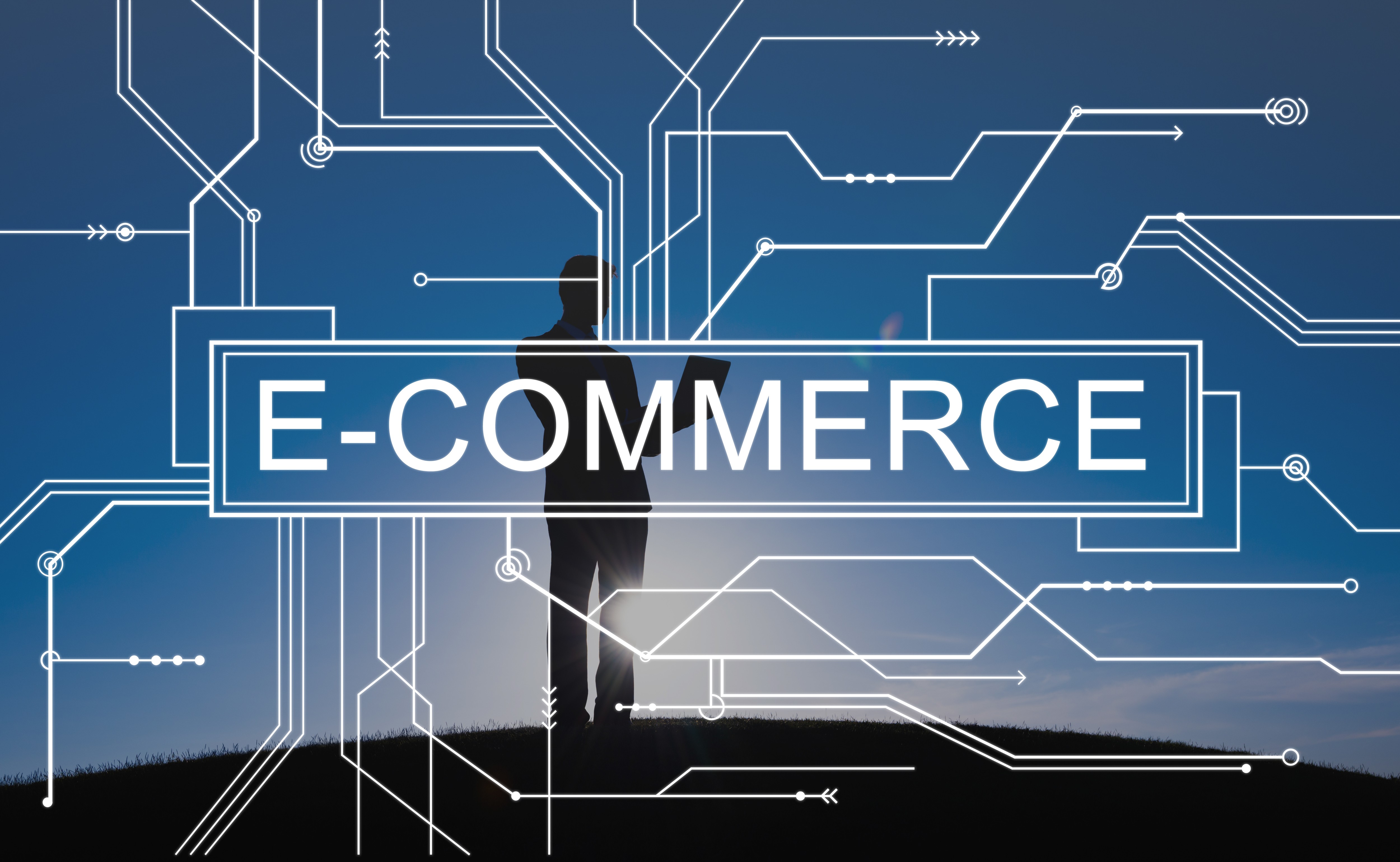
What are the top e-commerce Software Solutions required for the IT industry?
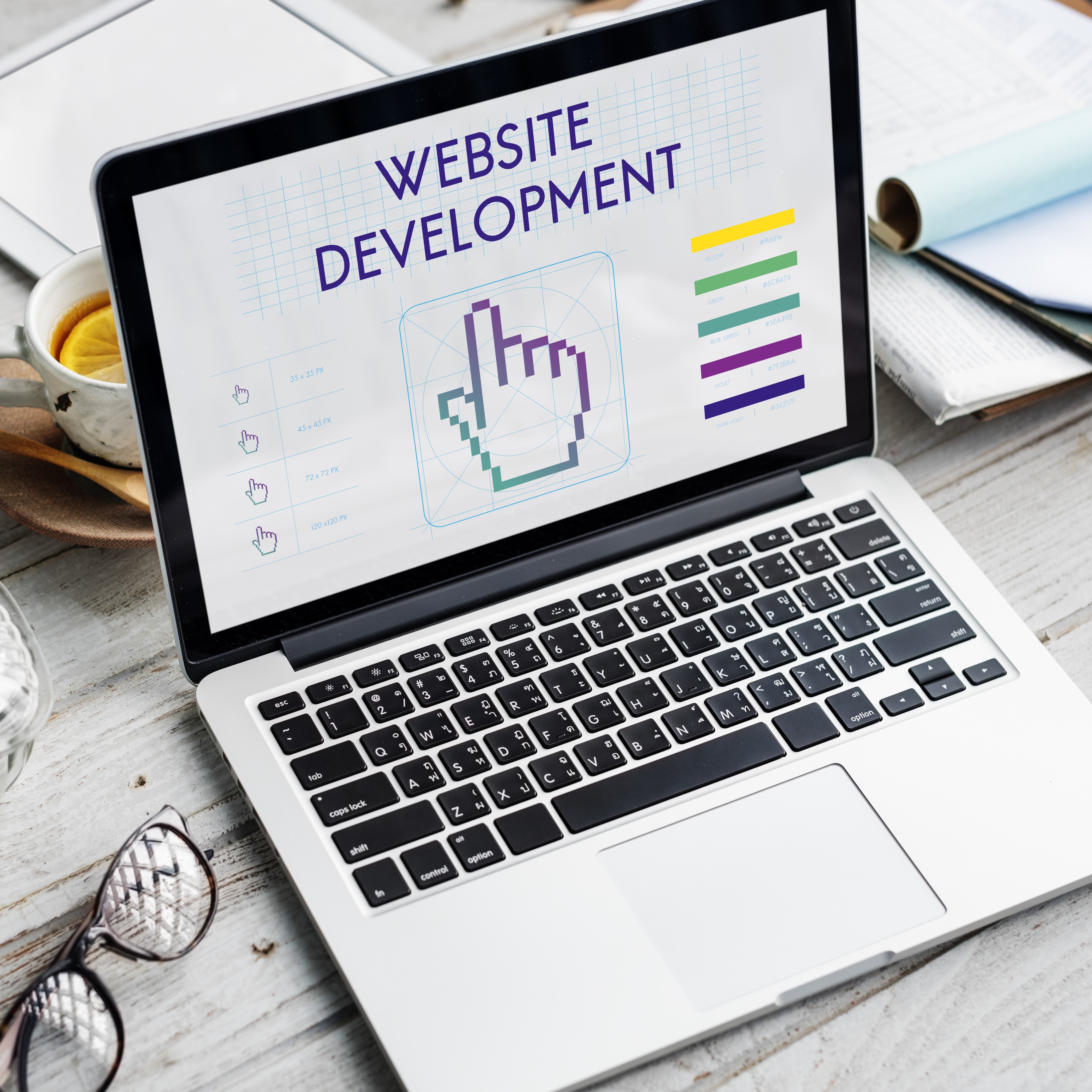
Why is user experience crucial in website development?

How to Choose the Right Ecommerce Platform for Your Business

How to Optimize Your LinkedIn Profile for Maximum Exposure?

How Can Branding Agencies in The UAE Promote Businesses?
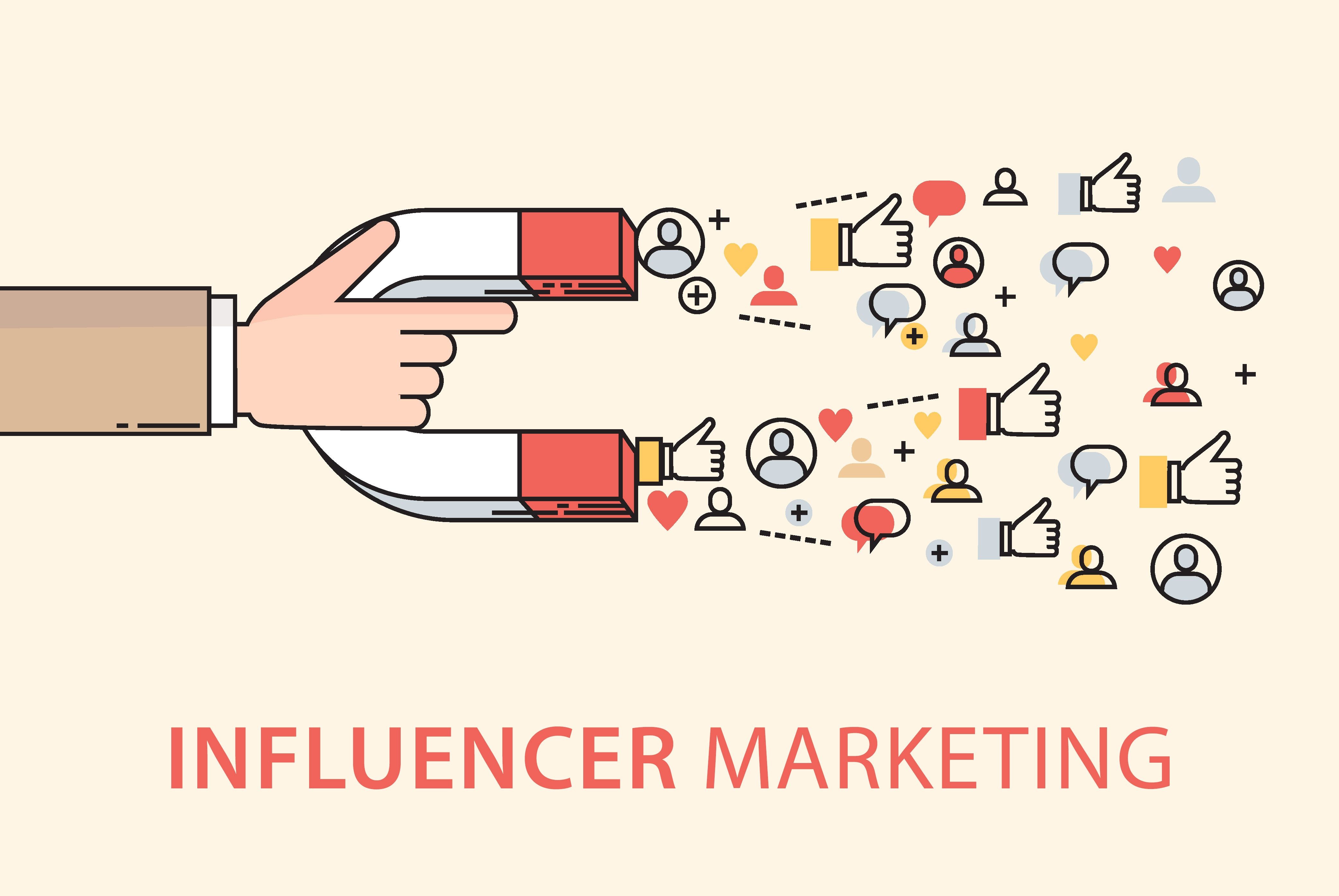
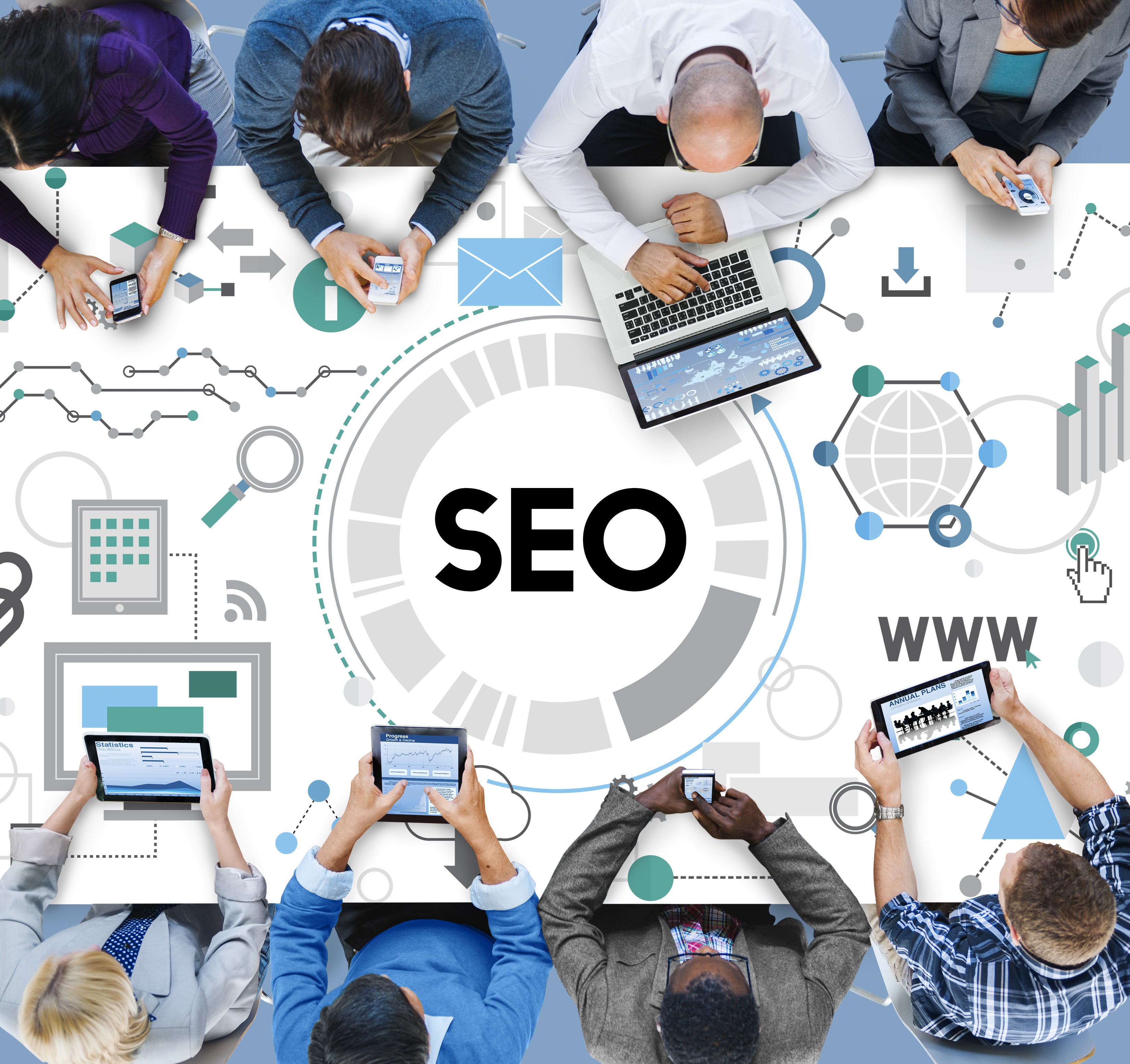
Top 10 SEO Agencies in Dubai

TOP TEN MARKETING CONSULTANTS IN DUBAI

The Top 10 Must Have WordPress Plugins for Your Website
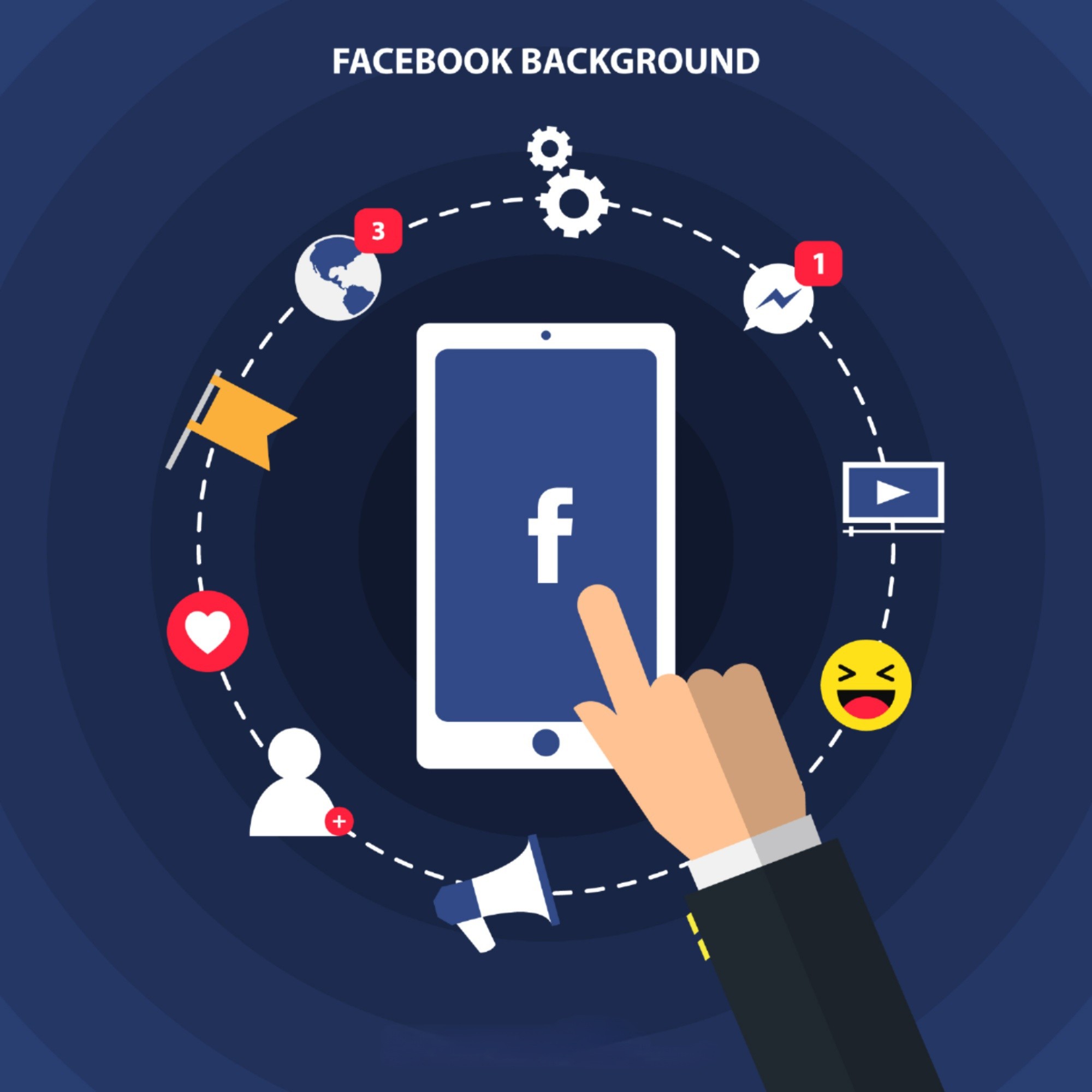
The Future of Facebook Marketing: Trends and Predictions

What are the successful CRM strategies?
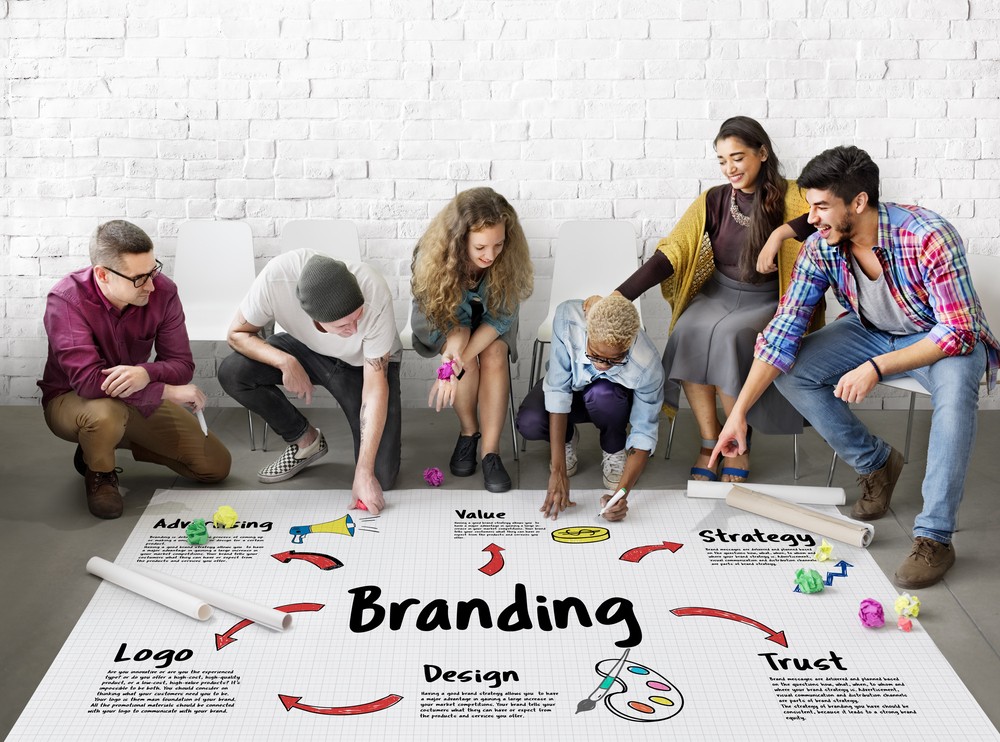
Reasons why you should hire a professional branding agency

How Web Development Helps Your Business

How to Grow your digital agency in 2023?

Why Cyber Security is Important for Your Business

Key Factors for Choosing the Right System Integrators
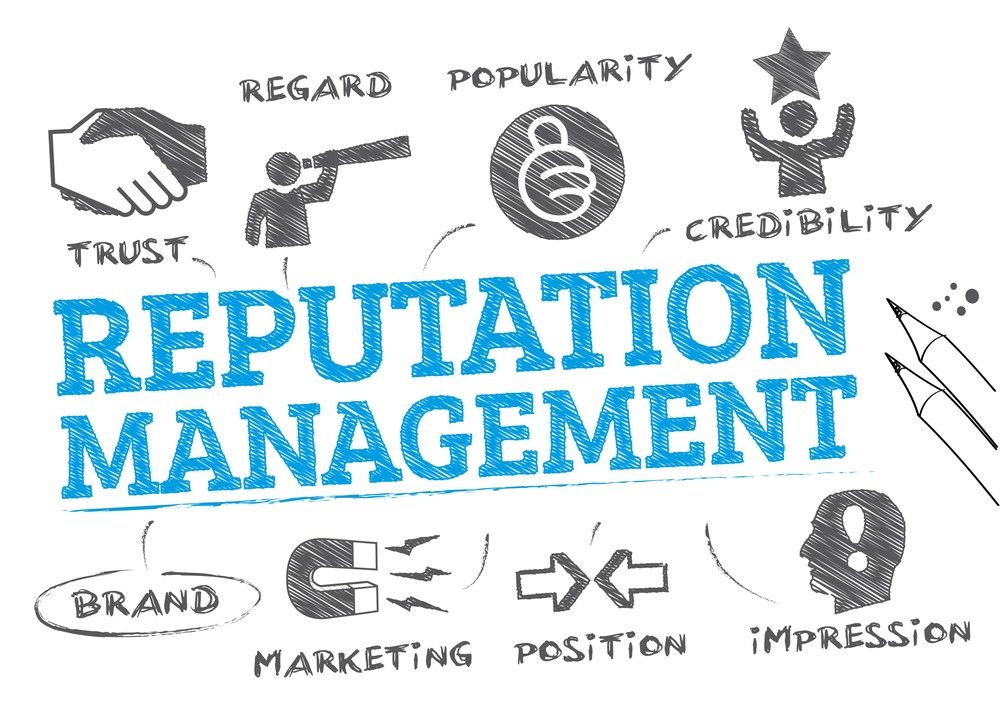
How to Choose the Right Reputation Management Company

How Ethical Hacking is Different from Normal Hacking?

Things to Consider While Choosing a Software Development Company

Top 7 Reasons to Hire a Content Marketing Agency in Dubai

10 Factors to Consider While Selecting Web Designing Companies in Dubai

Importance and Benefits of SEO for Your Business

TIPS FOR CHOOSING A SOFTWARE TESTING COMPANY

Questions You Should Ask Before Choosing A Social Media Agency In UAE
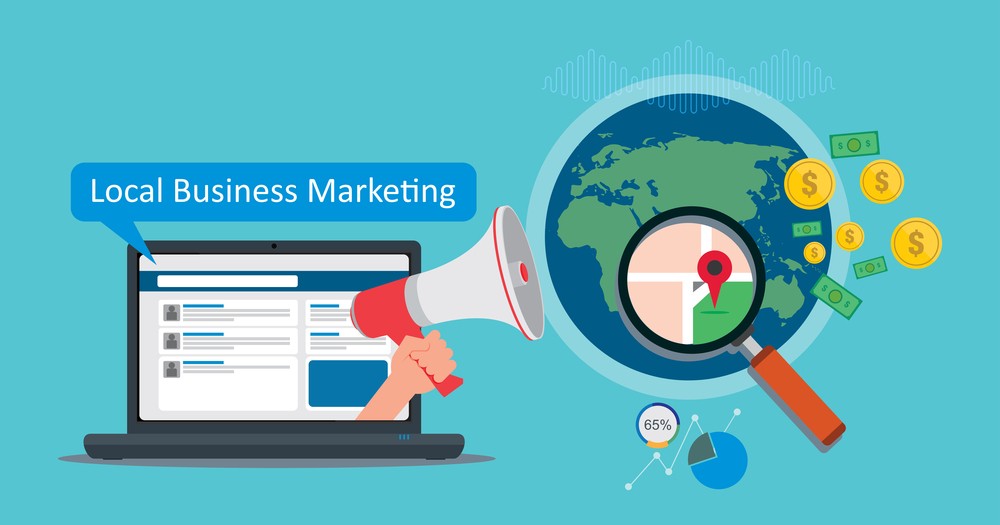
How to Market your Local Business in Dubai?
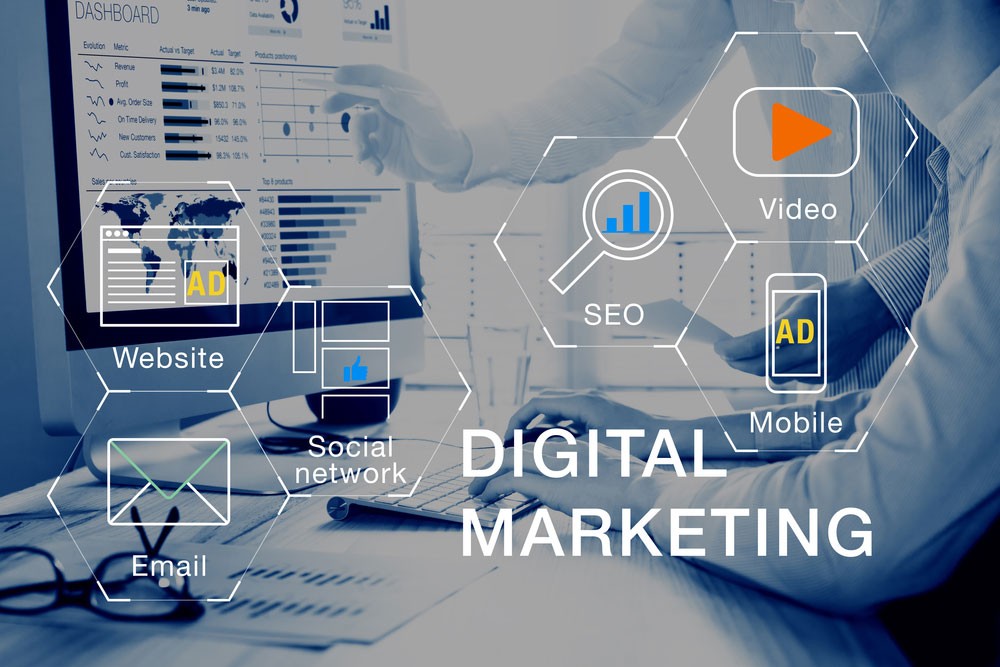
How to choose a good digital marketing agency for your business in Dubai

